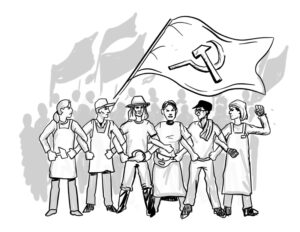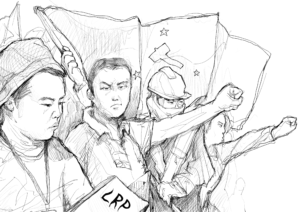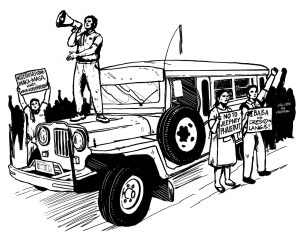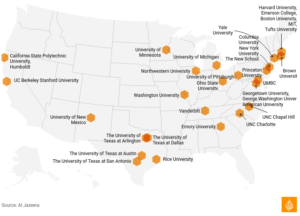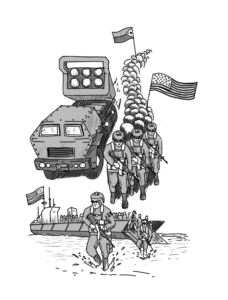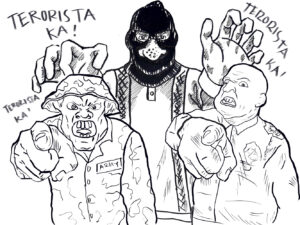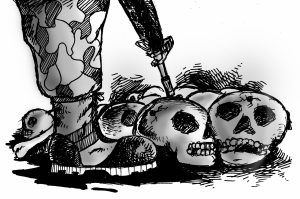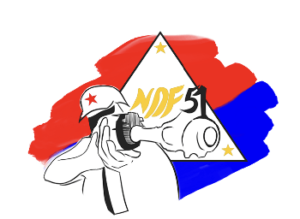Cordillera Day's 40th, mark of Kaigorotan's resistance to destructive projects

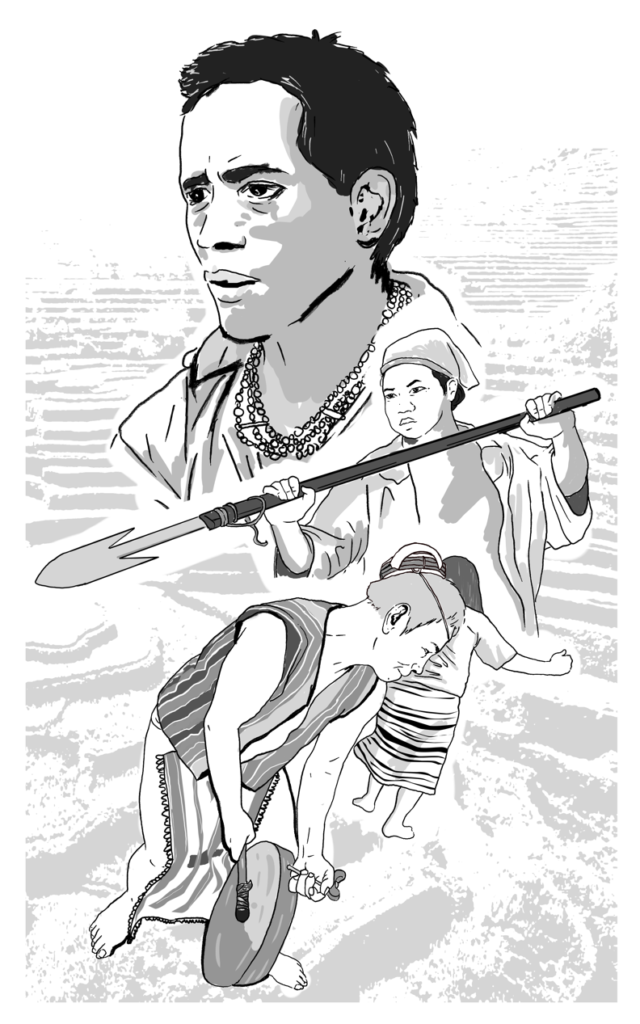
Sounds of gangsa, salidummay (Cordillera chant) and Igorot cries echoed in the celebration of the 40th Cordillera Day with the theme “Courageously advance the fight for land, life and dignity.” Up to 1,500 people from different provinces in the region and organizations and defenders of the rights of national minorities from different parts of the country gathered in Sitio Liglig, Barangay Tanglag in Lubuagan, Kalinga on April 23-24.
Before the celebration, the 3rd CMO of the 103rd IB made several attempts to stop the residents from holding the gathering. They held a “youth summit” to hand out pamphlets defaming the Cordillera Peoples’ Alliance (CPA) and hang rice-sack streamers maliciously associating the organization with the armed movement.
However, the soldiers failed and the community continued to support the festival despite intimidations and threats.
“We know our enemy, it is not the CPA, not our guests, but those who protect the foreigners who want to build dams and mine our ancestral land,” said a community leader.
They spent almost two weeks preparing for the gathering, from setting up tents, constructing stages, making benches as the center of activities, preparing sleeping quarters and food, and the daily monitoring of the area’s security. Thus they supported the celebration despite knowing state forces could retaliate and harass them.
Continuing Macli-ing Dulag’s fight
Barangay Tanglag is historic in Kaigorotan (Igorot people) resistance to the Chico River Basin Development Project during the Marcos dictatorship. One of the first bodong or inter-tribal peace councils was held here in 1974 under the leadership of Macli-ing Dulag to unite the indigenous people’s fight against the destructive dam. Soldiers killed Macli-ing Dulag on April 24, 1980 in an attempt to stop the Kaigorotan struggle. But instead of being cowed, the mass movement flourished in the Cordillera.
A leader of the local organization of Kalinga recalled how they faced the soldiers during the dictatorship. “We drove away the surveying teams, we destroyed the camps in Tabuk. Women took the frontlines, we held back the men because of certain bloodshed.”
He added that violence against Kaigorotan escalated in the late 1970s when soldiers increased in number declaring the barangay a “free-fire zone.” Community members were branded “trespassers” and arbitrarily shot. Because of this, they armed themselves as a people’s militia, and many joined the New People’s Army.
A nephew of Macli-ing Dulag says the presence of youth and church people from the outset significantly helped in the fight against the Chico Dam. “Surveyors arrived but didn’t explain its impact on us. So we ourselves studied those projects with the help of other organizations. Our studies continue until now and we stand firm in not allowing those dams and large mines to enter.”
At present, 100 hydropower plants or dam projects have been awared to various companies, and up to 104 different mining applications have been filed with state agencies. To break the indigenous people’s unity, the National Commission on Indigenous Peoples is making numerous attempts and schemes such as widespread intimidation and threats against indigenous leaders. Various Cordillera tribes struggle to overcome these.
Despite the threats against leaders and even their families, they will continue their fight against the destructive projects.
“While our hearts beat, threats will always affect us, but we will not allow fear to prevail and stop us,” declared one of the widely recognized leaders of the alliance formed in the Cordillera. “Defending our ancestral land really involves sacrifice, and like what our predecessors did, the Kaigorotan is ready to fight,” he said.

